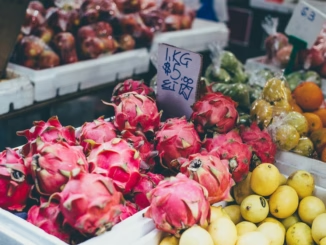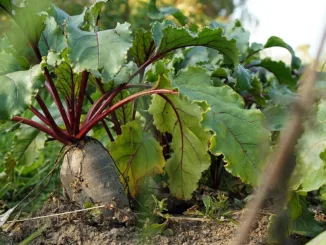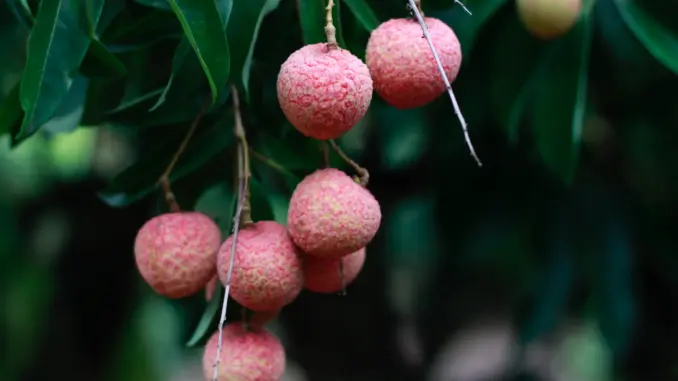
Aromatic, floral, and delicately sweet, lychee adds a special touch to any beverage.
BY EMILY JOY MENESES
BARISTA MAGAZINE ONLINE
Cover photo by Jamie Trinh via Unsplash
Spring is here in the Northern Hemisphere. That means that fresh fruit and floral flavors are once again taking center stage in the food and beverage world. Looking for ingredients to brighten up your at-home beverages or café drinks? There’s a world beyond the typical go-to like citrus or strawberry. In today’s installment of “Know Your Ingredients,“ we’re exploring lychee. This aromatic, floral, and delicately sweet fruit has its roots in southern China. Its cultivation has become an international affair, and now the fruit is making itself known in the specialty-coffee world.
Chinese Roots
In the modern world, lychee is grown throughout Asia, the Indian subcontinent, South Africa, Brazil, the Caribbean, and certain parts of North America. However, we can trace the fruit’s earliest roots specifically to southern China. Documented lychee cultivation dates as far back as the 11th century.
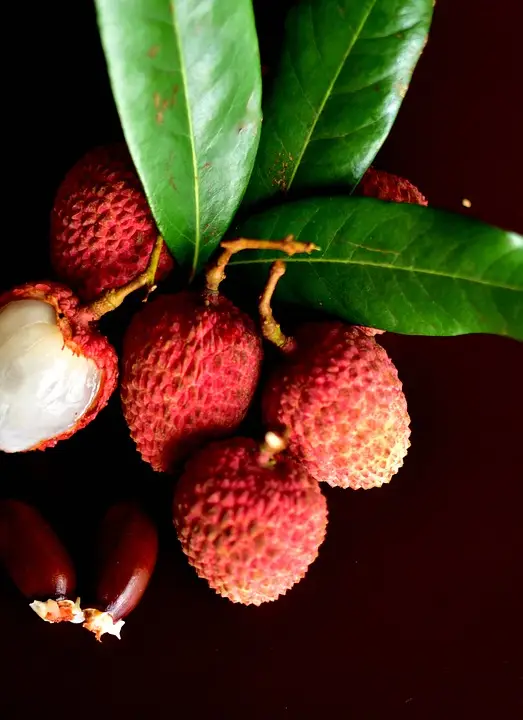
The small, sweet fruit is often associated with Yang Yuhuan, a consort of Emperor Xuan Zhong from 713 to 756 A.D. Yang Yuhuan was known to love lychee so much that the emperor would have couriers travel for thousands of miles between the capital city and Guangdong, where it was grown, to have the fruit brought to her.
Lychee in the Western World
From China, lychee cultivation would spread over several thousand years to other parts of the world via trade and travel. In the 1850s, gold miners from modern-day Egypt transported trees with them to Australia. There, the trees experienced a wonderfully long season, producing fruit from late October to late March—the longest lychee production season in the world.
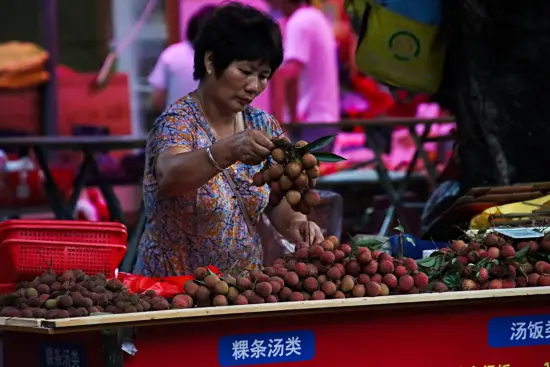
Lychee trees first reached the United States in the early 1900s, when a missionary named William Brewster imported them from China to central Florida. It is very much an internationally grown crop today, though its roots in China are still recognized.
Flavor Profile
Beneath the rough skin of the fruit is sweet, succulent white flesh bursting with juice. Light and aromatic, lychee has a slightly floral flavor (most similar to rose), and its taste is akin to that of a pear or grape with a hint of citrus. Because its flavor is so delicate, the fruit loses a lot of its flavor when cooked—so, when incorporating lychee into recipes, it’s best to use the raw fruit and its juices.
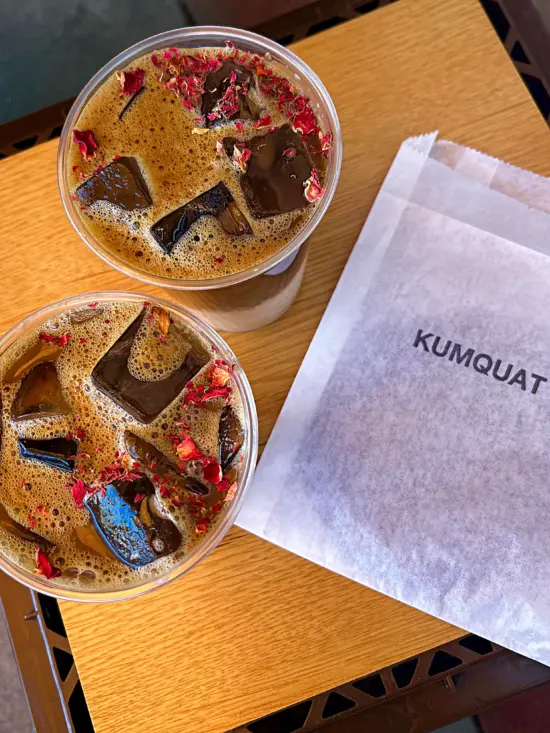
Lychee in the Specialty-Coffee World
Lychee has long been a favorite at Asian boba shops and teahouses. It has shown up recently within the specialty-coffee world as well. We love Los Angeles-based Kumquat Coffee’s take on the fruit: their seasonal Lychee Hongcha is an iced milk tea made with lychee syrup and black tea steeped from leaves grown in Korea, all topped with dried rose petals.
Beautifully floral and delicately sweet, lychee serves as a great alternative to your typical fruit flavors, and we hope to see more of it in the specialty-coffee world as time goes on.
ABOUT THE AUTHOR
Emily Joy Meneses (she/they) is a writer and musician based in Los Angeles. Her hobbies include foraging, cortados, vintage synths, and connecting with her Filipino roots through music, art, food, and beverage.


